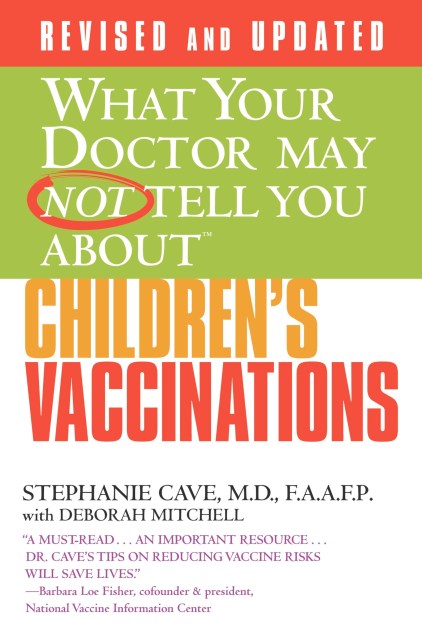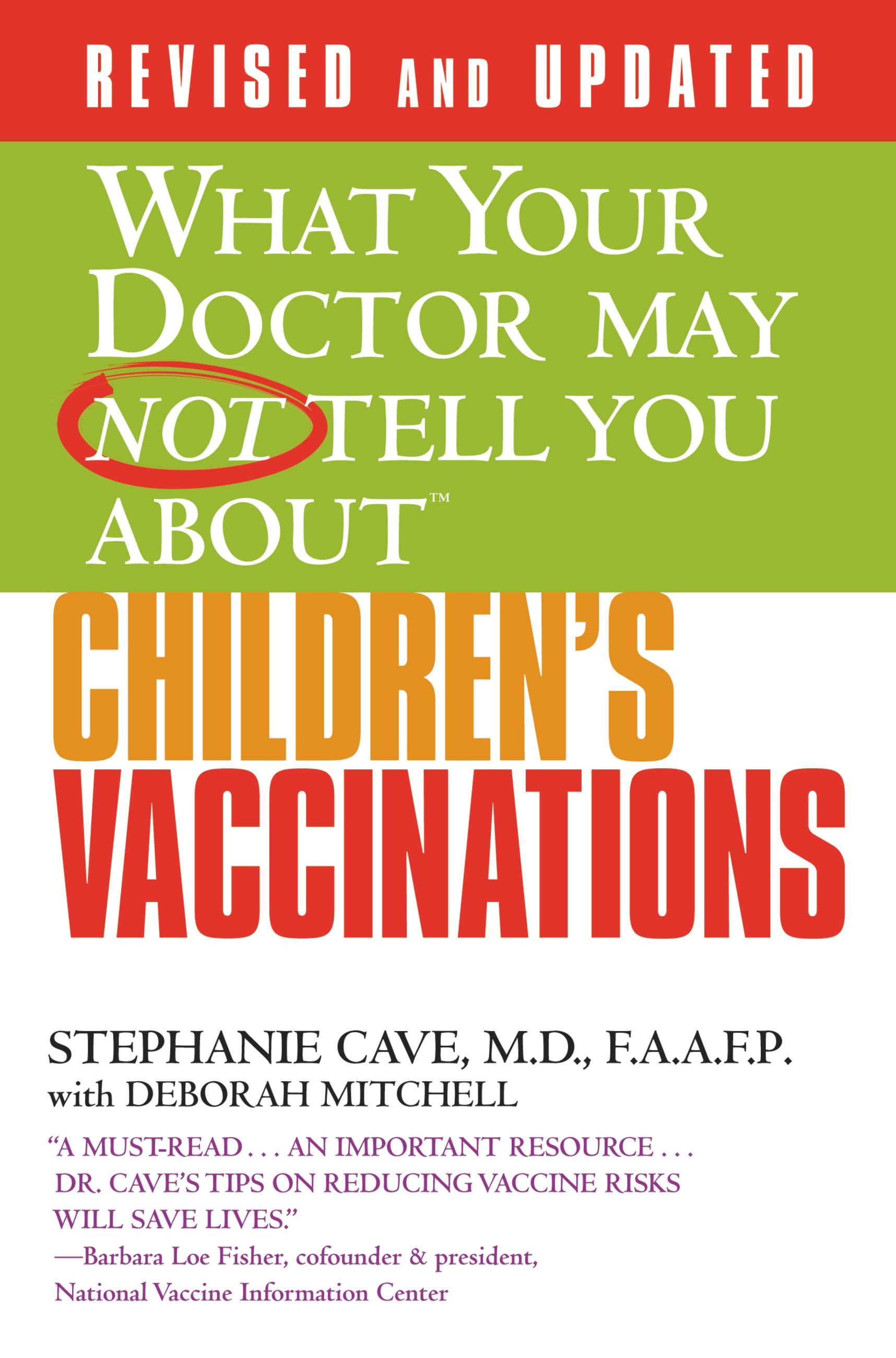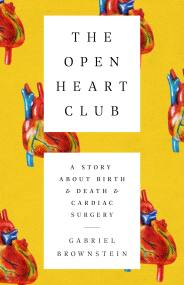Promotion
Use code MOM24 for 20% off site wide + free shipping over $45
WHAT YOUR DOCTOR MAY NOT TELL YOU ABOUT (TM): CHILDREN'S VACCINATIONS
Contributors
With Deborah Mitchell
Formats and Prices
Price
$19.99Price
$25.99 CADFormat
Format:
- Trade Paperback (Revised) $19.99 $25.99 CAD
- ebook $11.99 $15.99 CAD
This item is a preorder. Your payment method will be charged immediately, and the product is expected to ship on or around March 16, 2010. This date is subject to change due to shipping delays beyond our control.
Also available from:
This is an essential guide for parents about vaccinations. Dr. Stephanie Cave explains their pros and cons and the book provides information to help parents make a knowledgeable, responsible choice about vaccinating their children.
Genre:
- On Sale
- Mar 16, 2010
- Page Count
- 368 pages
- Publisher
- Grand Central Publishing
- ISBN-13
- 9780446555715
Newsletter Signup
By clicking ‘Sign Up,’ I acknowledge that I have read and agree to Hachette Book Group’s Privacy Policy and Terms of Use







